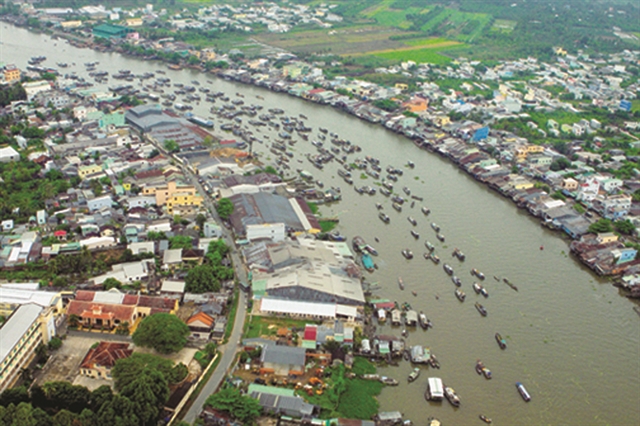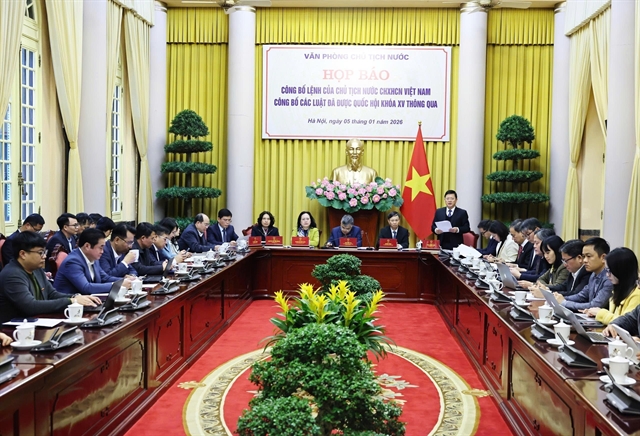 Society
Society

Cần Thơ City has said it needs to improve connectivity with other cities and provinces in the Cửu Long (Mekong) Delta and with HCM City, and step up efforts to combat climate change to become a regional and international transport hub by 2030.

|
| The Cái Răng floating market on the Cần Thơ river. VNA/VNS Photo Duy Khương |
HCM CITY — Cần Thơ City has said it needs to improve connectivity with other cities and provinces in the Cửu Long (Mekong) Delta and with HCM City, and step up efforts to combat climate change to become a regional and international transport hub by 2030.
According to a new socio-economic master plan for until 2030 it has released, it aims to become a modern, civilised city on a par with other advanced cities in Southeast Asia by 2045.
The centrally run city aims to become the region’s hub for inter-regional and international transportation thanks to its strategic location at the gateway of the Mekong River with both seaports and airports.
Over the next 10 years Cần Thơ will continue to develop expressways to HCM City, provinces in the region and the border with Cambodia.
Its airport, the only international airport in the region, will get new domestic and international routes.
Its income per capita is expected to top VNĐ140 million (US$6,170) by 2025 and VNĐ200 million ($8,820) by 2030.
It also needs to pay immediate attention to climate change adaptation and water security.
Tasks and solutions
To achieve the targets, the Government has instructed the city to focus on developing infrastructure, especially transport for inter-regional and cross-regional connectivity, to become a key factor in regional connectivity.
The master plan announced by the city aims to implement the Politburo’s Resolution on the Mekong Delta’s socio-economic development by 2030.
Part of the southern key economic region, the delta comprises Cần Thơ City and 12 provinces.
With a population of more than 17 million, accounting for 18 per cent of the country’s, the region is one of the largest and most fertile plains in the world.
But it is also one of the most climate-vulnerable regions in the world, suffering from sea-level rise, saltwater intrusion and subsidence.
Infrastructure in the region has failed to meet the growing demands of transporting locally produced goods to other parts of the country and to other countries.
Administrative reform and digital transformation in the region remain low. — VNS




